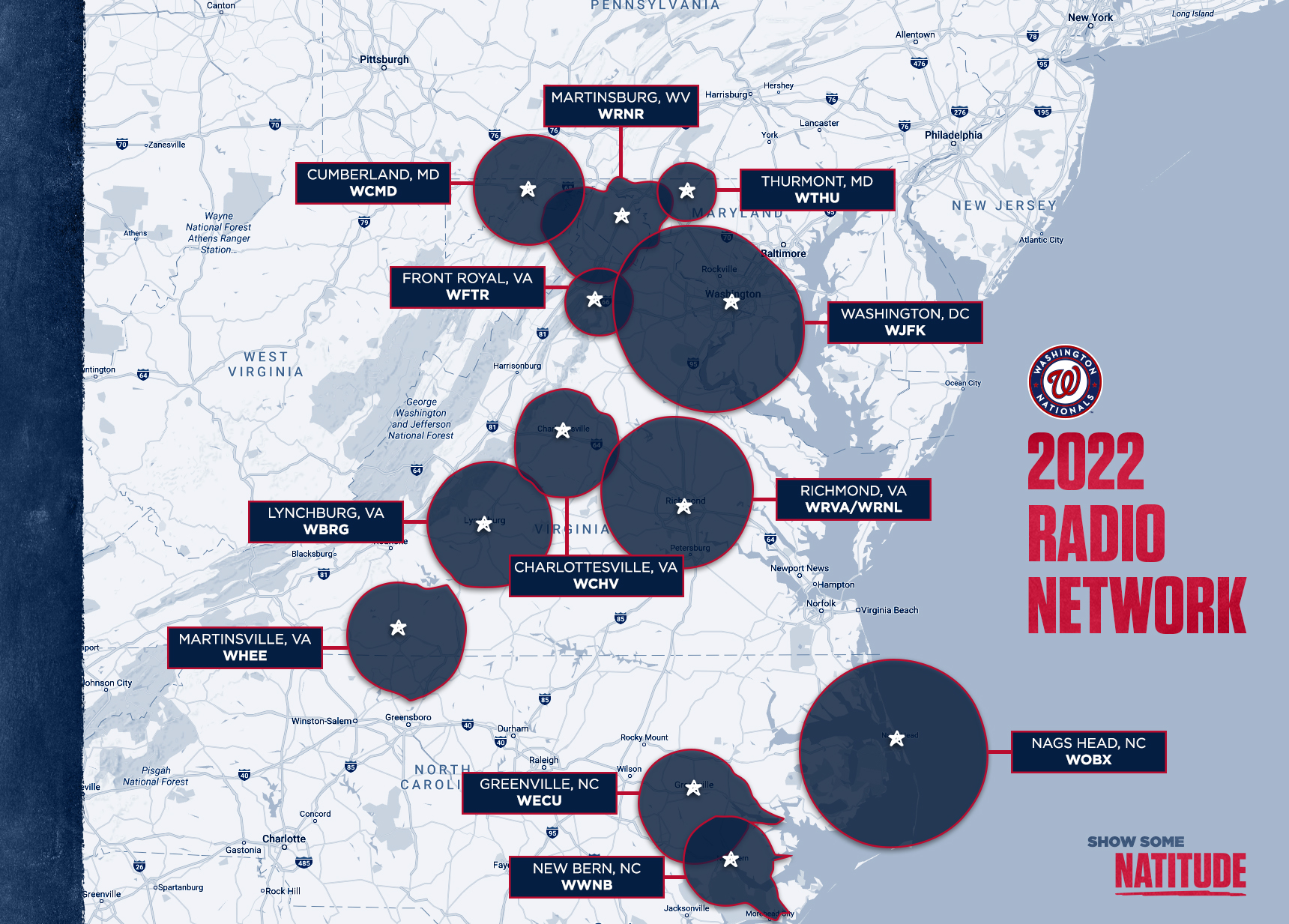
NETWORK TOPOLOGY MAPPER INCLUDE RADIOS SOFTWARE
Symbols: Use standardized hardware and software symbols for reading ease.Templates: Most applications have preformatted templates for basic network topologies and home, local area, wide area, and other network types.Save time and avoid frustration by using desktop applications such as Microsoft's Visio or web-based options such as Lucidchart.īenefits of specialized network diagramming software include: Sure, you can use a generic drawing application, but you're only making more work for yourself. Choose a diagramming applicationīefore you draw your diagram, select diagramming software. If you're designing a new network, this information can inform your budgeting and installation processes. Locations: Identify where hardware is physically placed.įor existing networks, the best IT management software can run reports to show connected hardware to get you started.Connections: Group your components and define how they communicate with each other.Components: List software and hardware such as firewalls, hubs, mainframes, routers, servers, and workstations.Instead, conduct upfront research and collect necessary data to avoid looking for it as you go. Opening a blank graphics file to stare at blankly hardly marks a productive first step to create a network diagram. Network diagrams also help provide data security compliance with other regulations such as the Health Insurance Portability and Accountability Act (HIPAA).Ĭreating or maintaining an accurate network diagram uses the same steps: initial research, diagram creation, outside review, distribution, and periodic updates. While network diagrams promote system stability, if your business has an e-commerce component, diagrams are a requirement under the Payment Card Industry Data Security Standard (PCI DSS).

Your enterprise computer network doesn't exist in a vacuum. Network process diagrams also aid help desk agents with more routine service requests and ensure approved processes are used during change management. The last thing you want during any failure or service degradation is a debate in your IT department about what's connected where using which configurations. Incident responseĭocumenting your network's architecture before a critical event requiring incident management occurs is key. Understanding the different logical network diagrams lets you choose a network topology that provides the best communication structure for your network while anticipating future expansion. Using a physical network diagram helps optimize your floor plan to reduce cabling costs, provide maximum Wi-Fi connectivity, and ensure hardware security. Network designĬomputer network design has two elements: physical and logical. These boil down to one bottom-line key performance indicator (KPI): reduced costs. Network diagrams have multiple uses, ranging from aiding the design process to ongoing regulatory compliance.
NETWORK TOPOLOGY MAPPER INCLUDE RADIOS HOW TO
Source: Information Technology Infrastructure Library (ITIL) processes, a collection of best practices for IT departments, provide in-depth guidance about network topologies and how to create network diagrams. Network topology diagrams aid the computer network design process. These diagrams can document the physical location of hardware and connectors, similar to a floor plan, or illustrate their conceptual organization and communication principles. One example is a company's enterprise computer network, consisting of servers, routers, endpoint devices, and software applications. Network diagrams visually document communication networks: components, connections, and how they’re configured.

We'll go over their basics and the steps to create them, so your small business can enjoy multiple bottom-line benefits. One way not to lose sight of the forest for the trees with your enterprise network is to use network diagrams. You have a sprawling network of desktops, laptops, smartphones, and other digital devices.Īnd, to paraphrase The Talking Heads, you may ask yourself, "How did I get here? My God! What have I done?" Your company has an information technology (IT) department maintaining multiple applications that enable each order, sale, and customer service inquiry.

One day you look around and find everything has changed. Maybe you were tapping away on a computer keyboard in response to customer queries, and you fulfilled orders helped by a few employees. When you started your small business, things were simple.


 0 kommentar(er)
0 kommentar(er)
